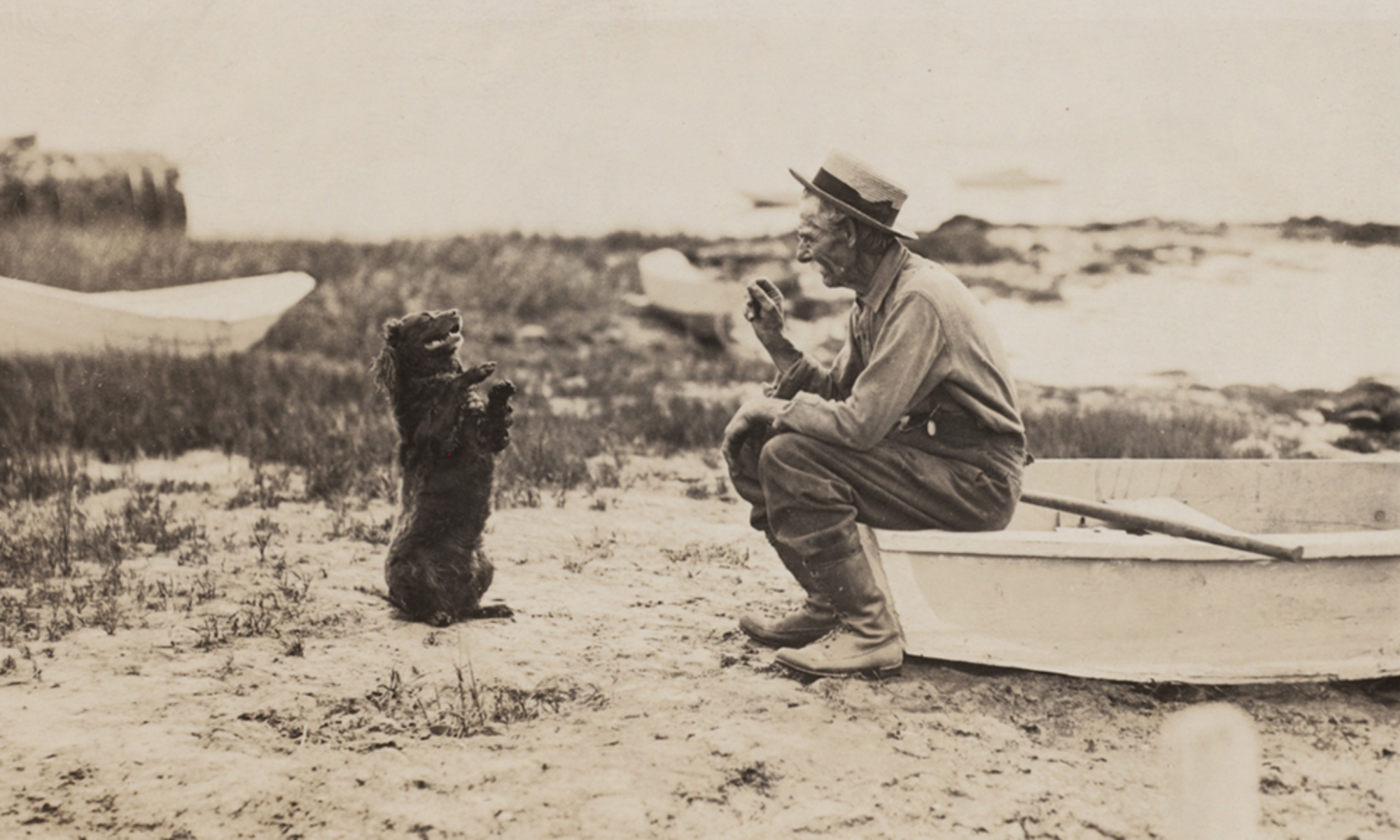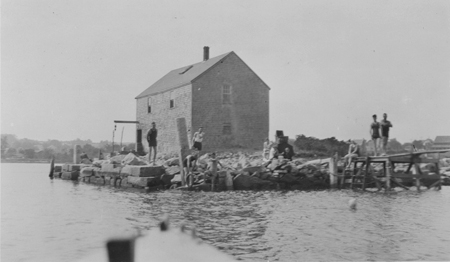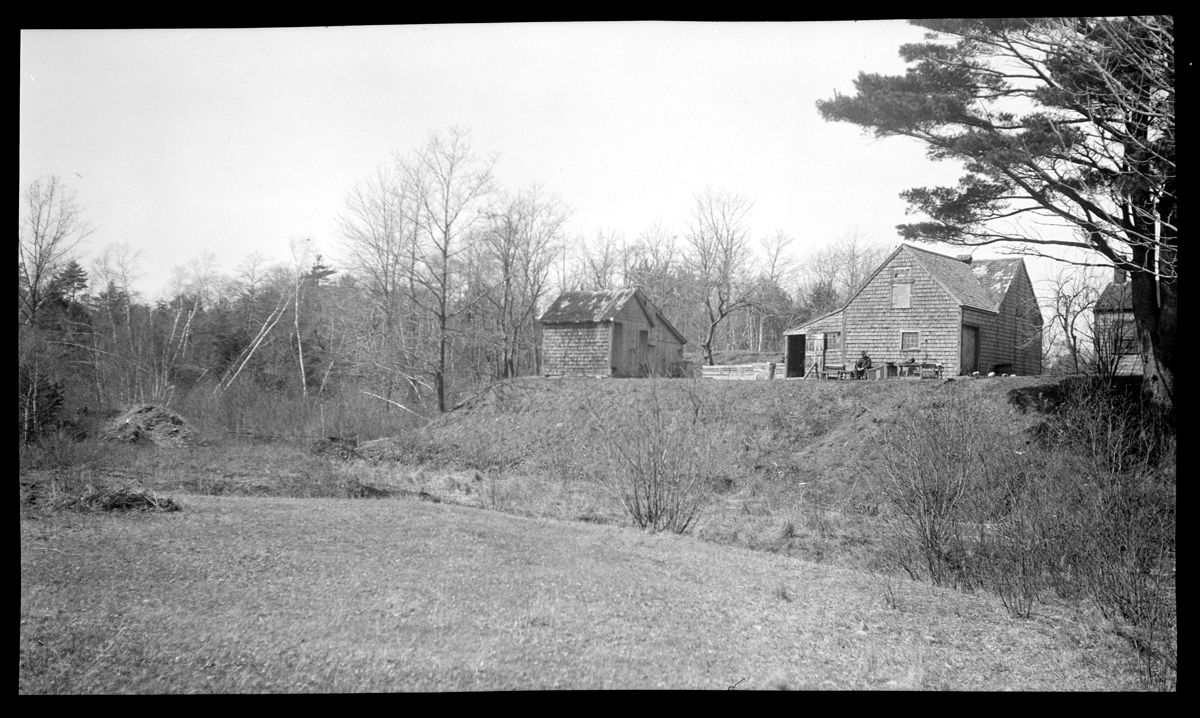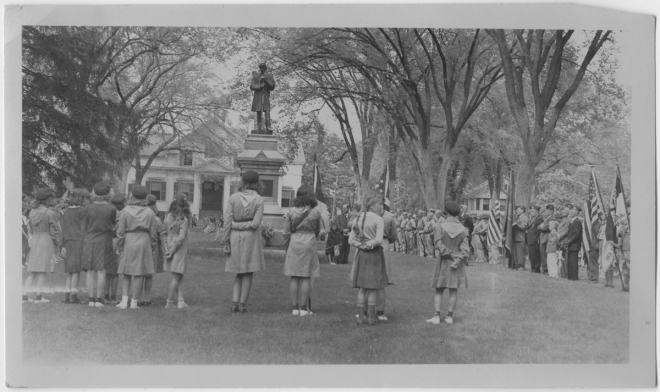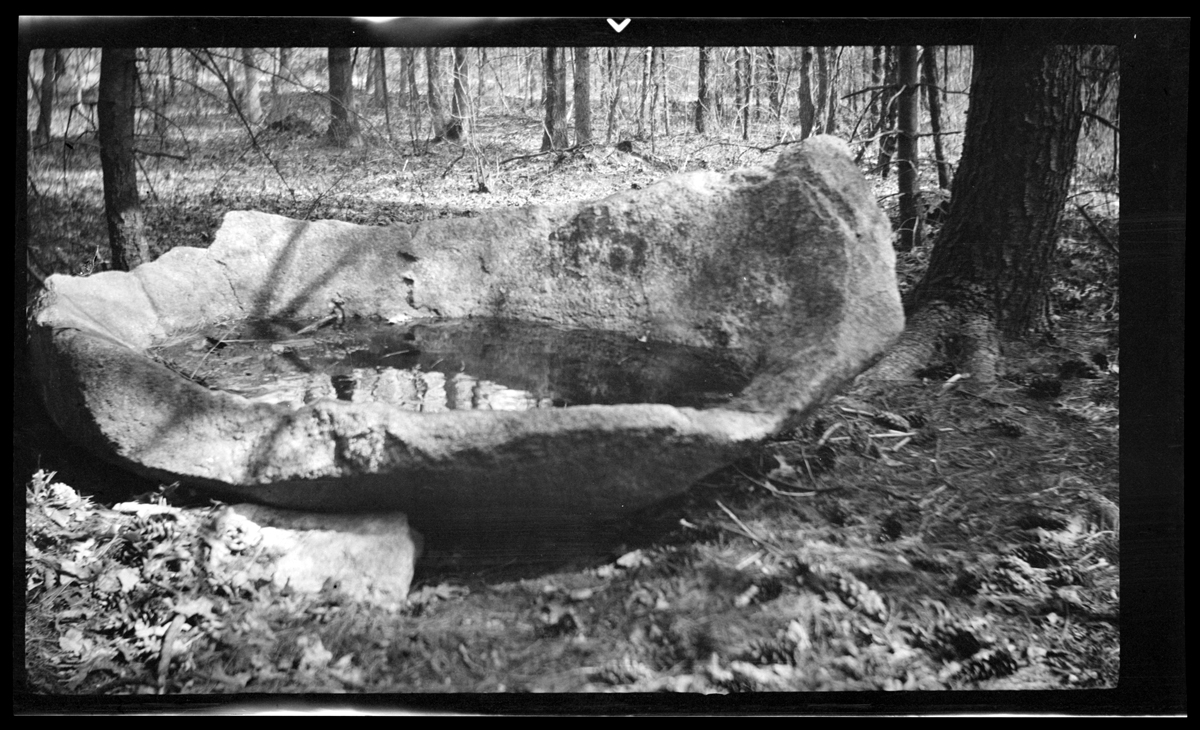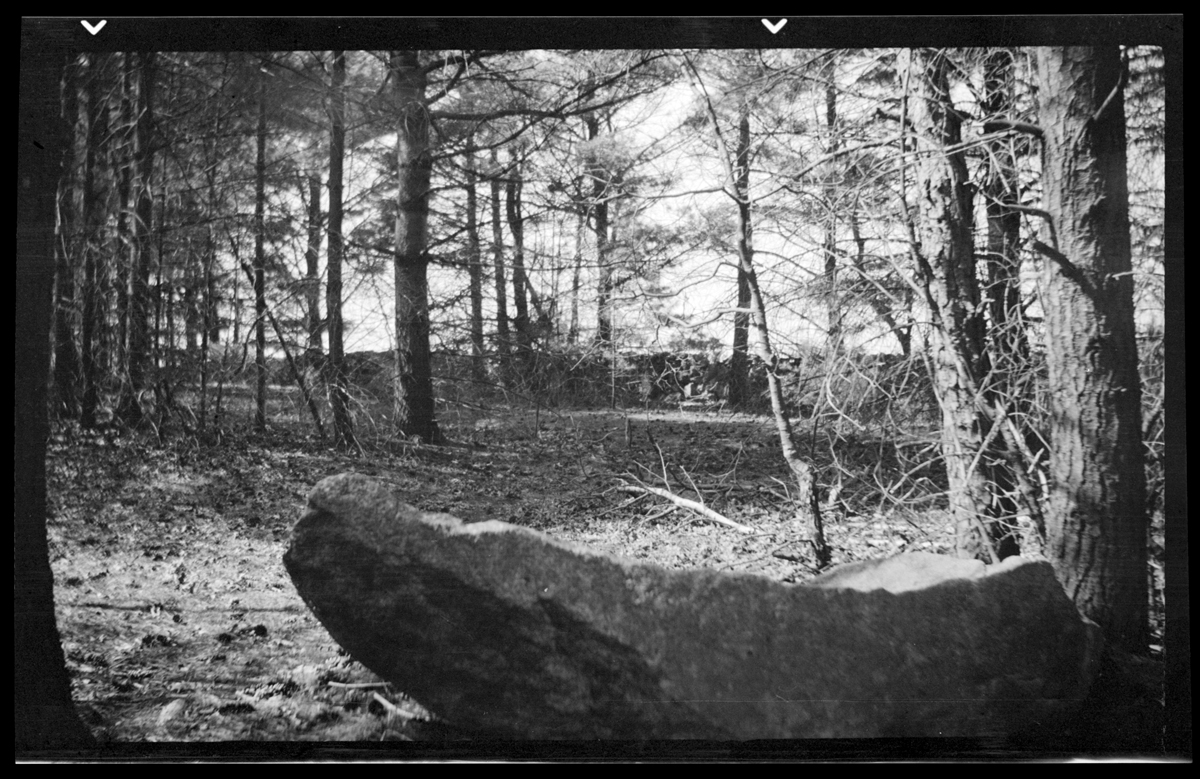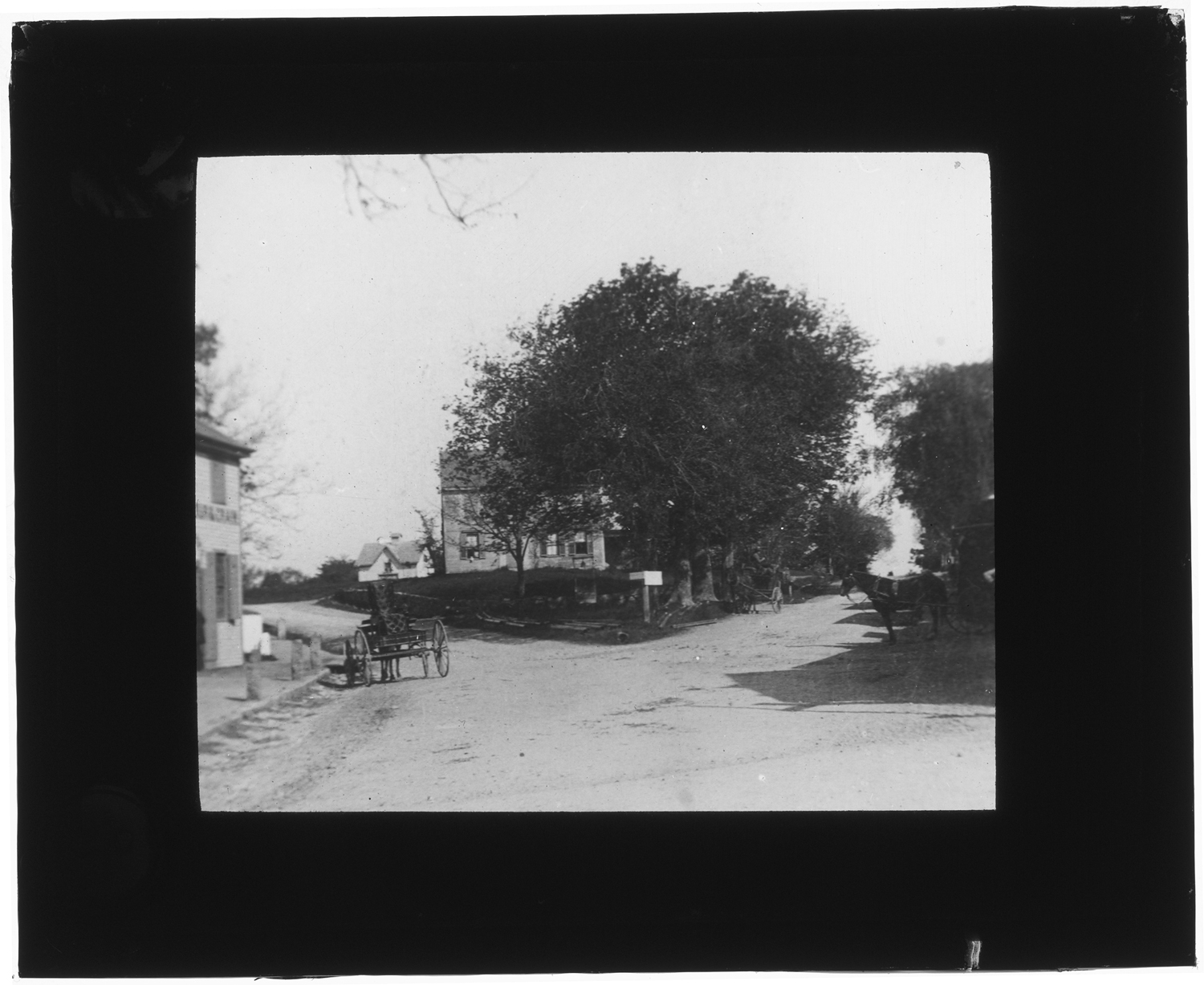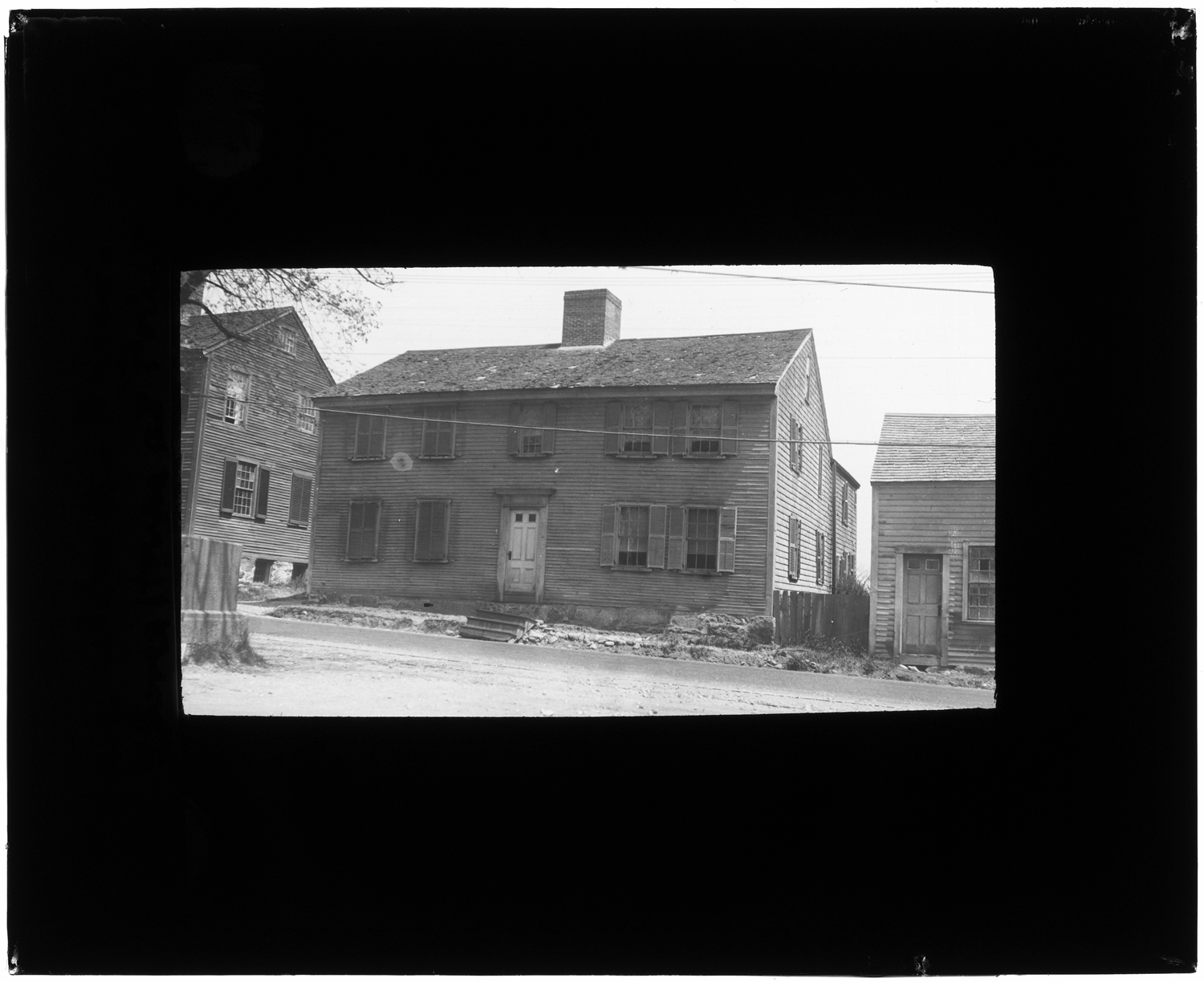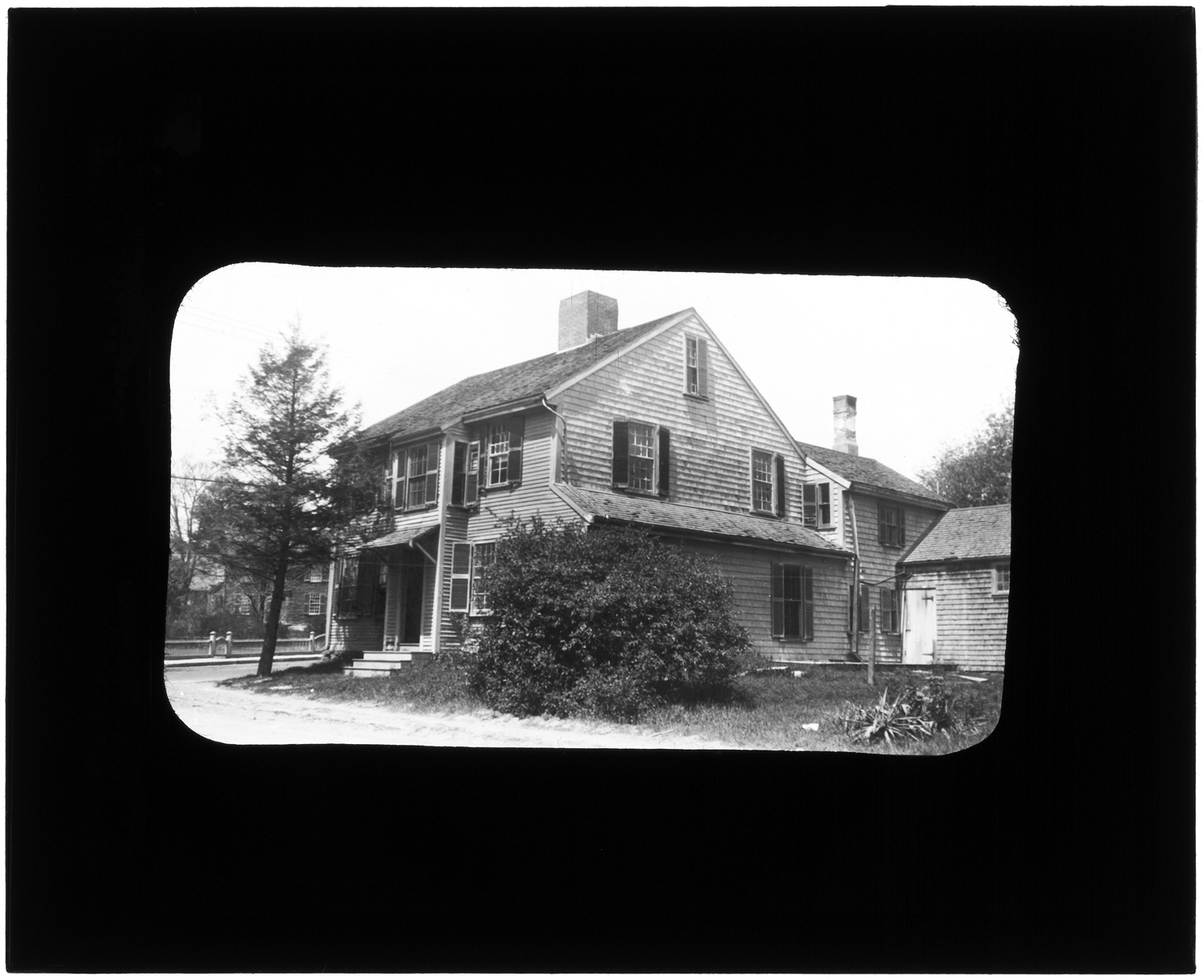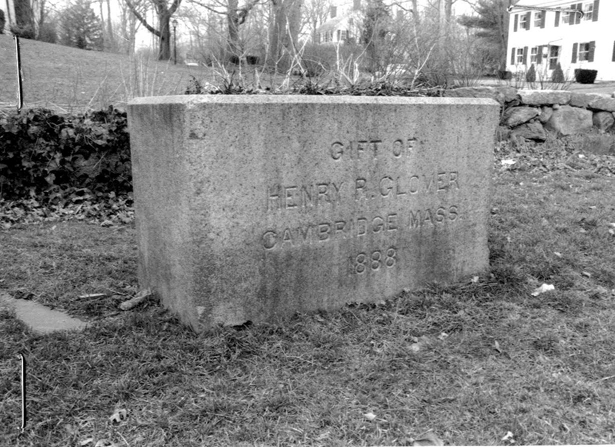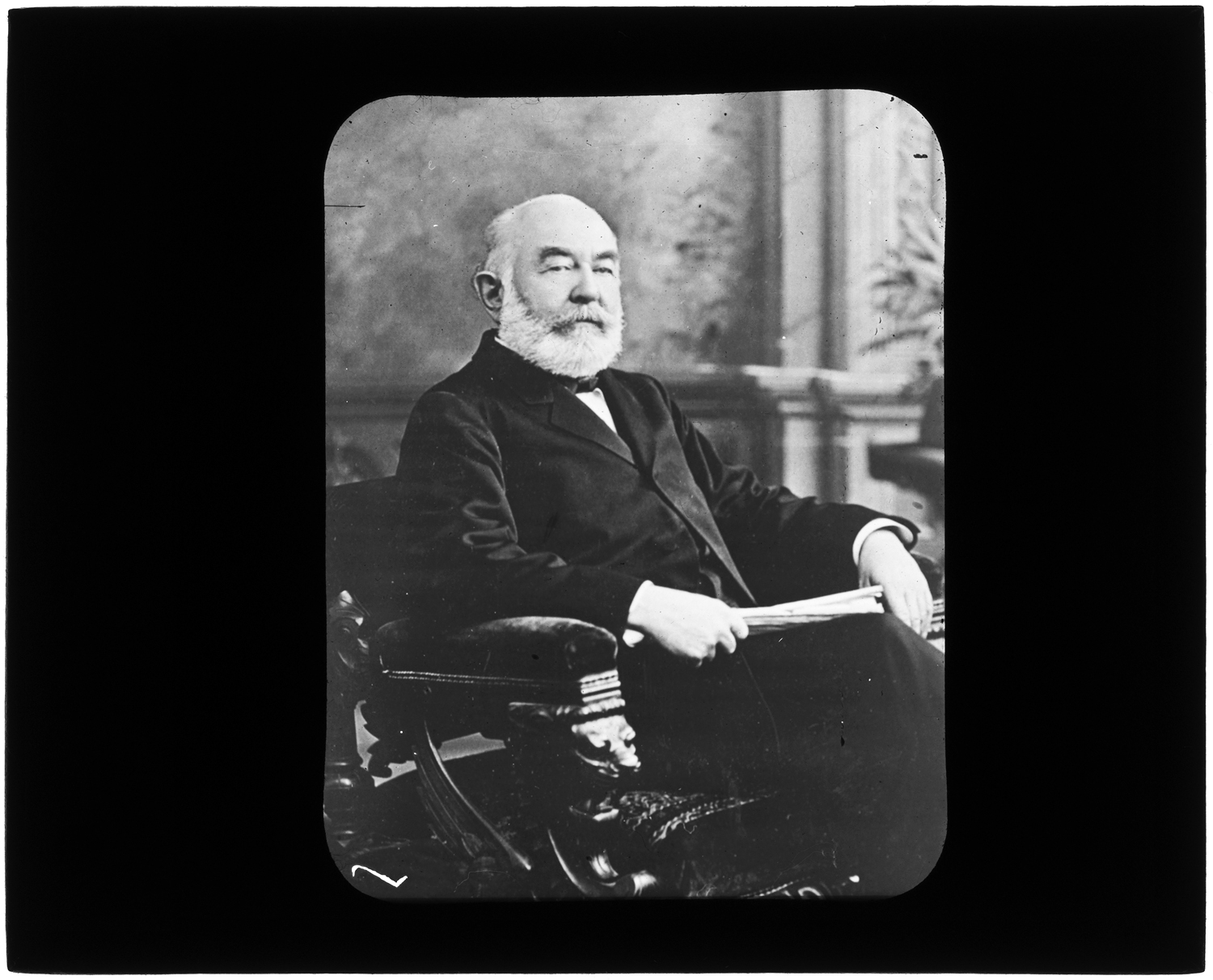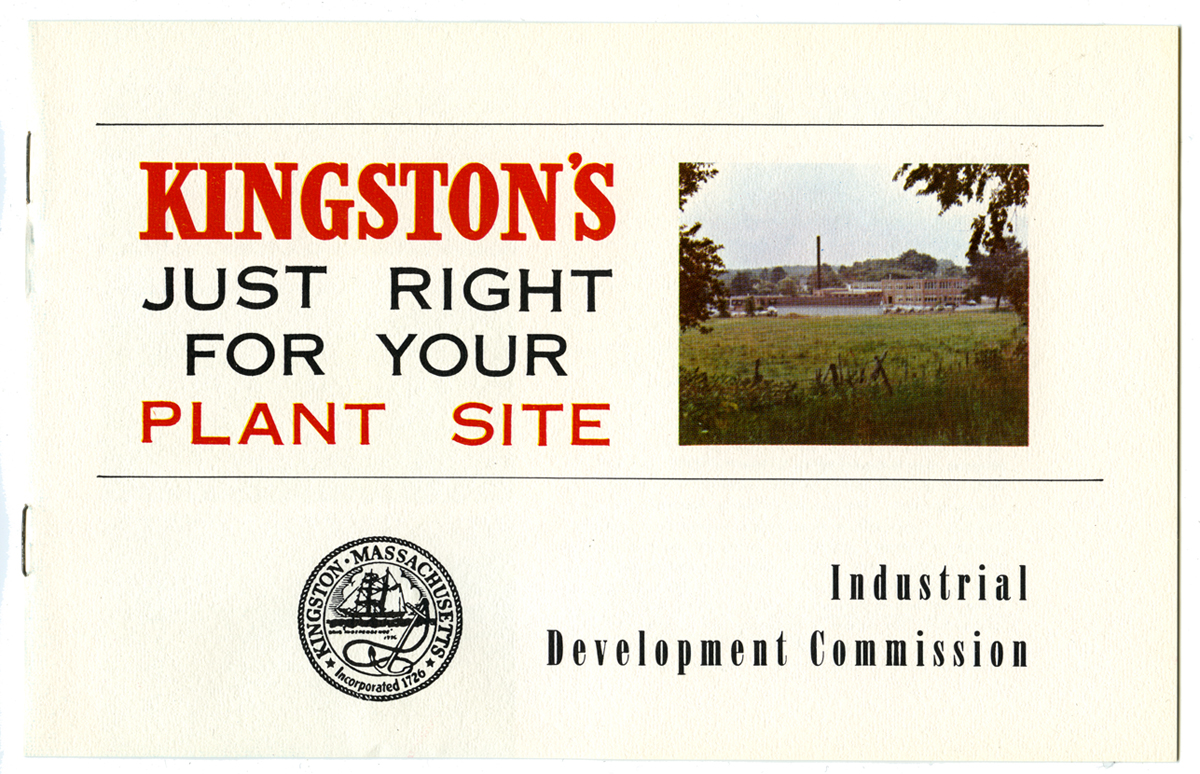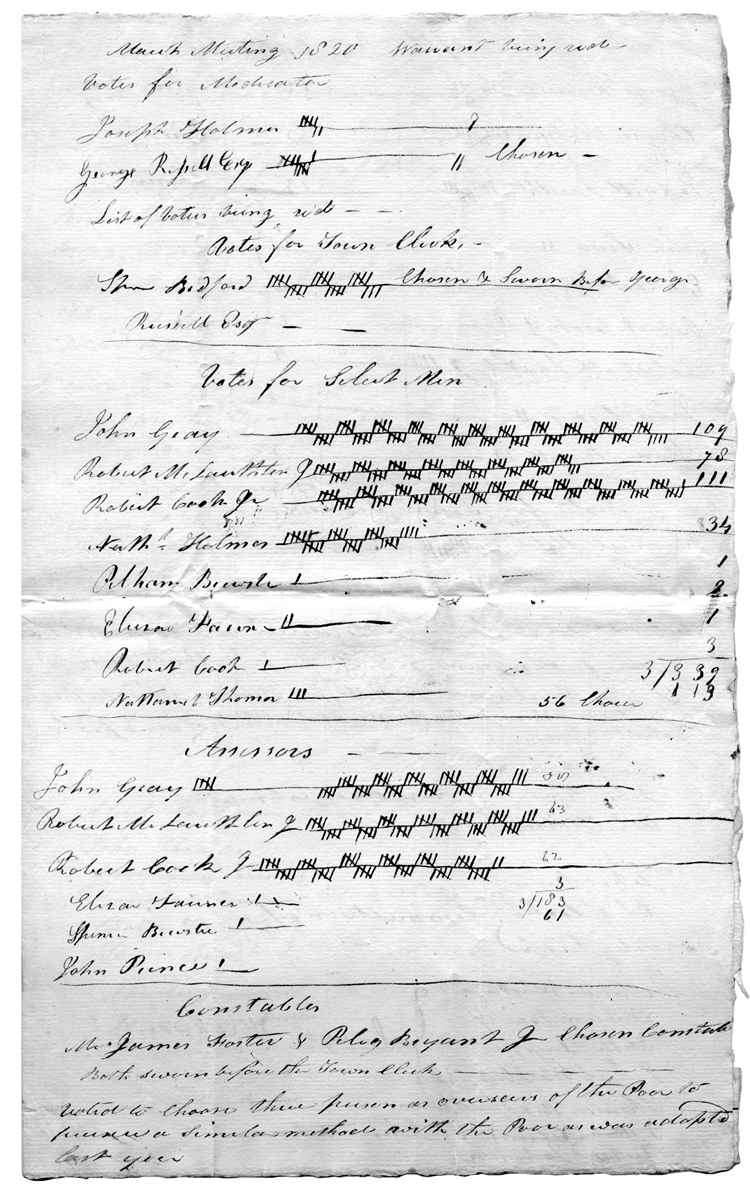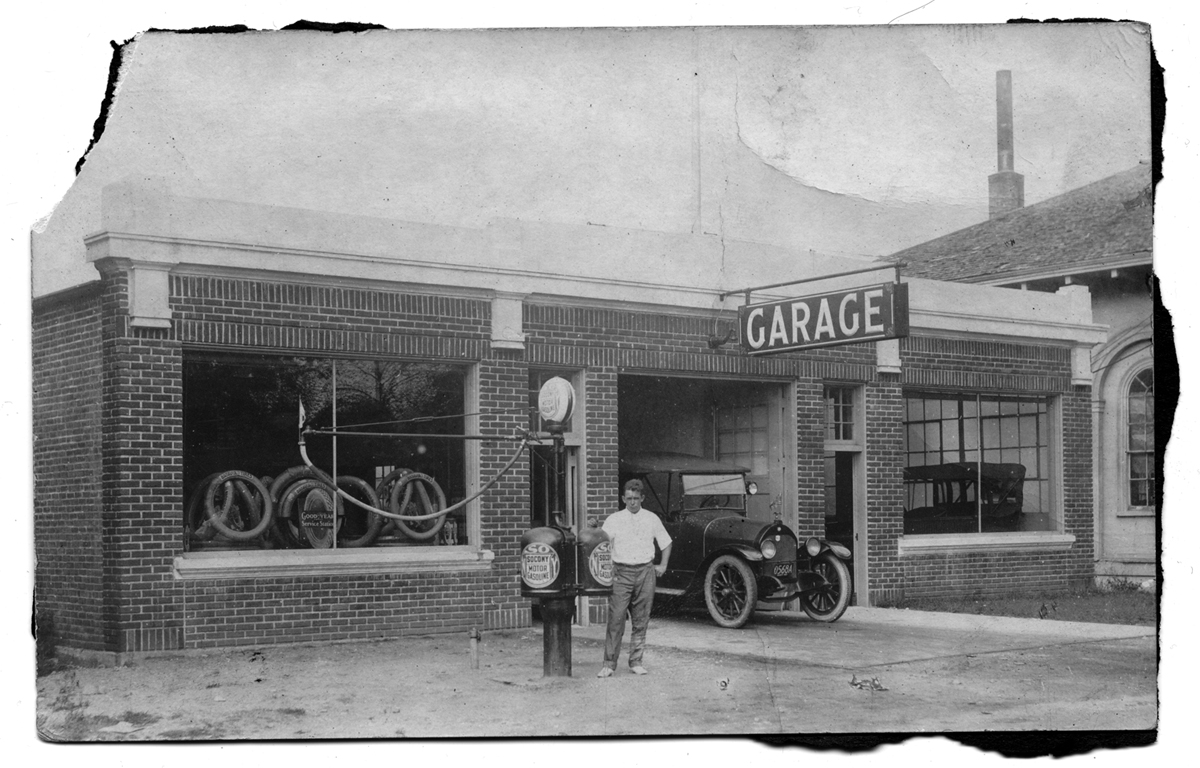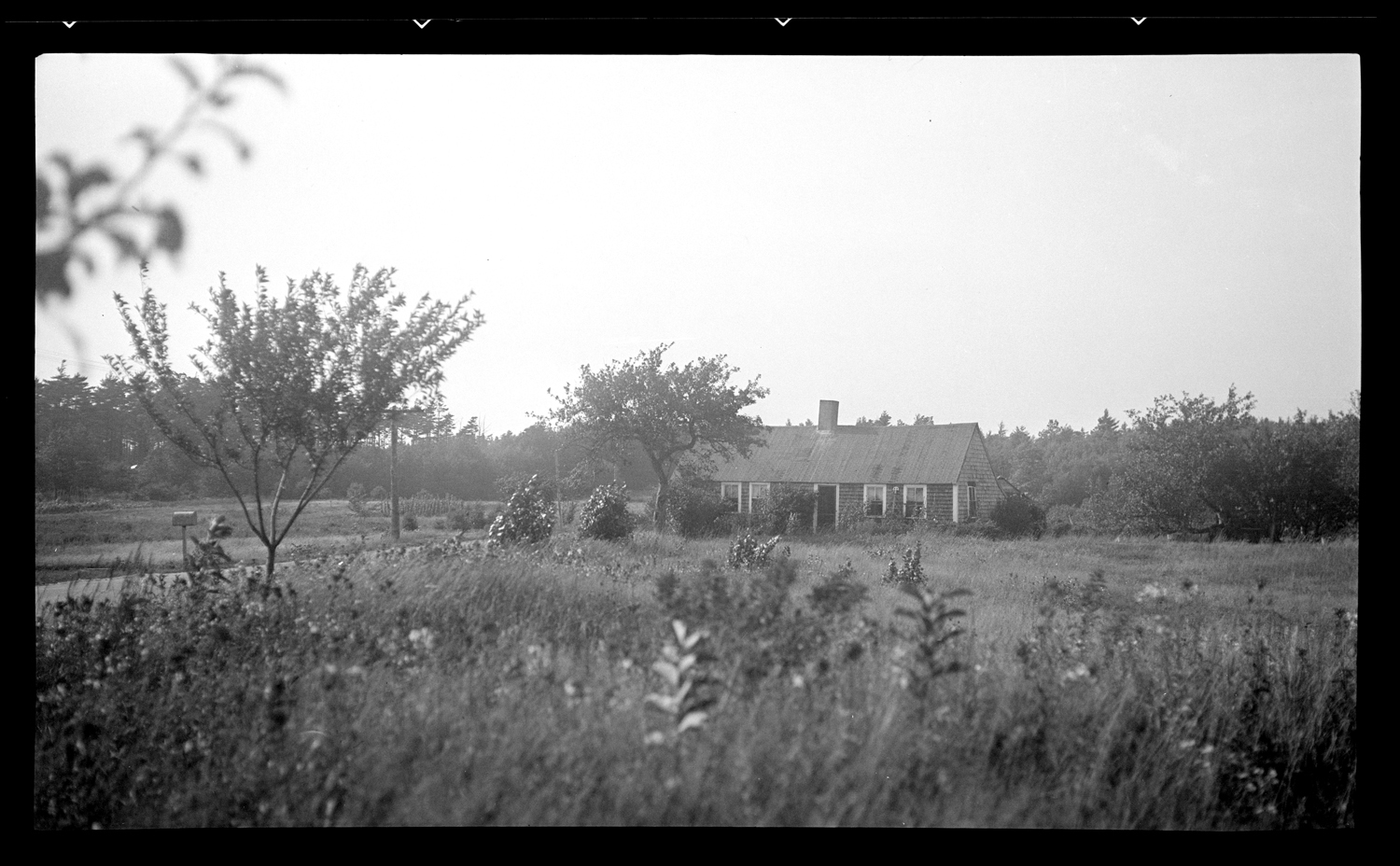
One August in the middle of the 1930s, Emily Fuller Drew took some photos to document the Old Lucas House on Pembroke Street. Her file card for one of the lantern slides made from these negatives reads:
William Cooke was son of Jacob Cooke Jr. mentioned in #38. He inherited & bought a great deal of land west of the Bradford lands. This very old house was built on Cooke land but must have stood close to the Bradford bounds. Major John Bradford gave the North Precinct or Jones River parish a piece of woodland from his homestead farm. The entrance or right-of-way to the Parish woodlot leaves Pembroke St. diagonally opp. the old house. Directly opp. the house is, or was, the White Pine Nursery. The owners bought the woodlot from the Parish; it lies between the nursery buildings and the R.R. tracks. Even if the Bradford-Cooke line were very irregular, it would seem the Bradford lands must have come very near the old house here shown. About 100 years ago, a son of the Lucas family built a house to the east of his father’s, which later burned. The cellar of the latter house still shows with a medium sized pine tree growing in it. Lucas ran the grist mill at Brackett’s. (# __).
A second card further explains:
Wm Cooke owned the land first, and probably built the house for himself or his daughter ___ who married ___ Wright . A granddaughter ___ Wright married ___Lucas and the farm and the old house came down for two three generations in the Lucas family. This is the first house after you overpass the R.R. at Brookdale, on Pembroke St.
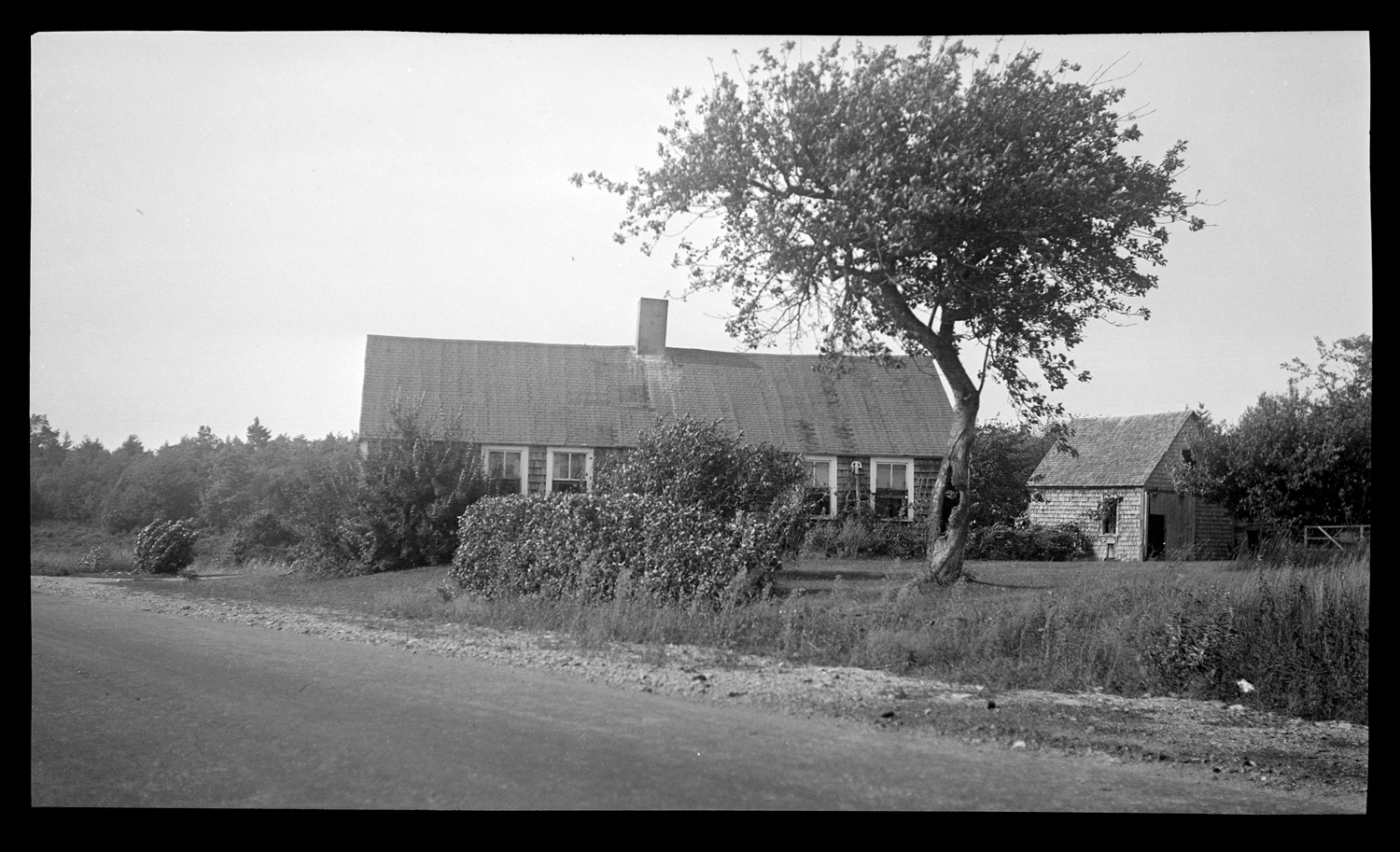
Before it was demolished in 2002, the house was variously known as the old Lucas House, the Cooke-Wright-Lucas House, and later the Tangley Place.
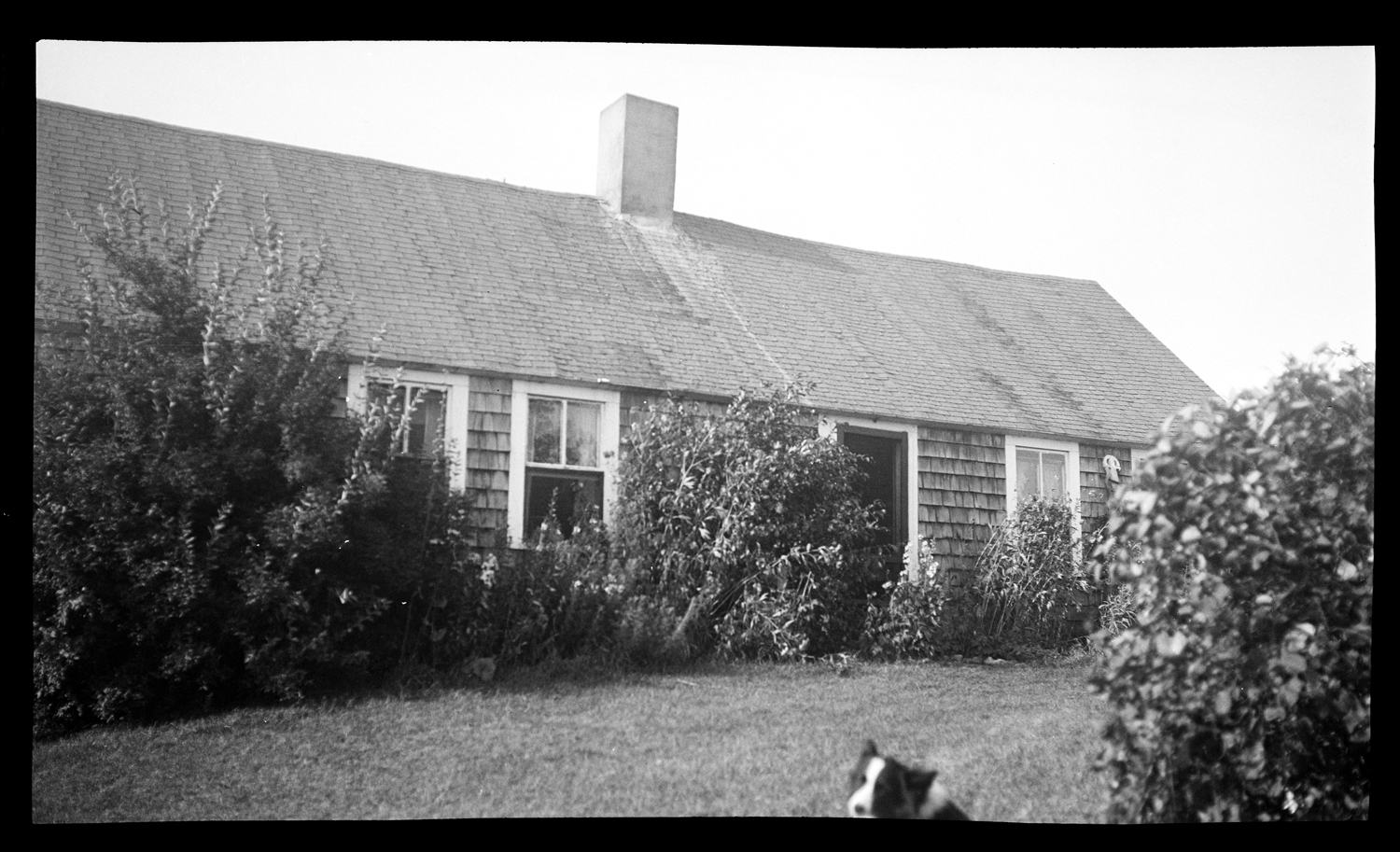
The name of the dog is unknown.
Sources: Emily Fuller Drew Collection MC16; Jones River Village Historical Society Collection MC29
For more, visit the Kingston Public Library, and the Local History Room, and the full blog at piqueoftheweek.wordpress.com
